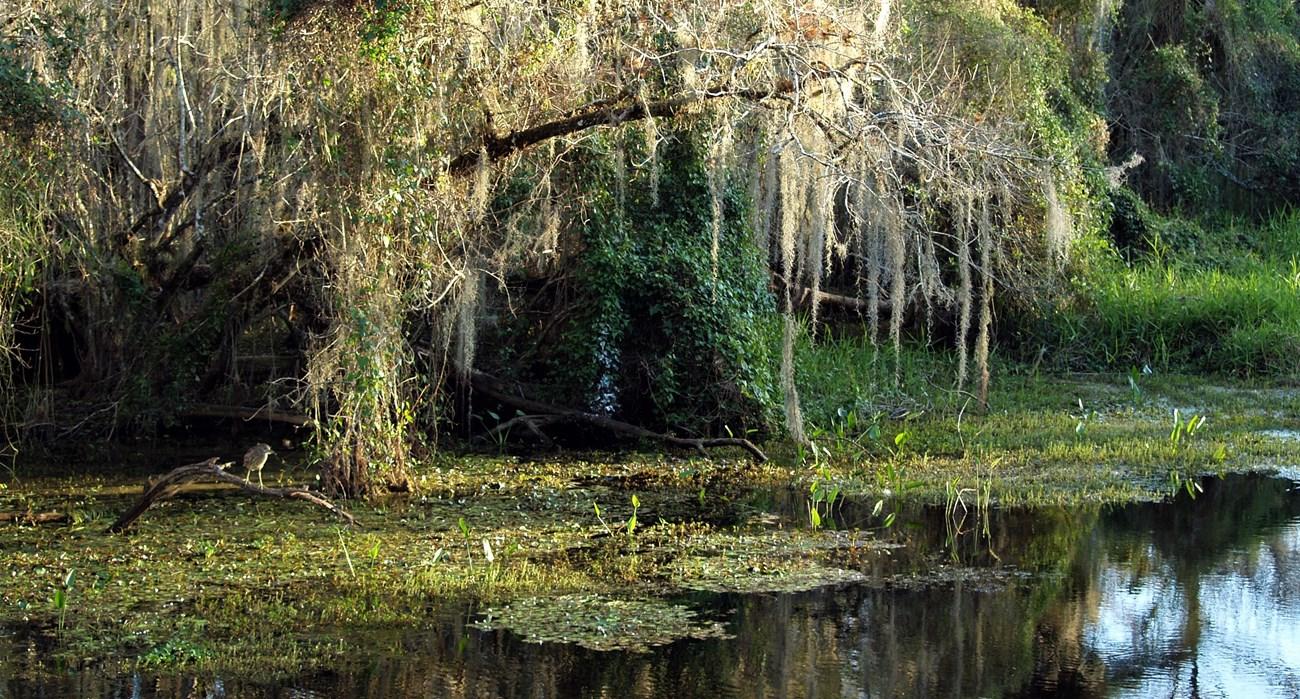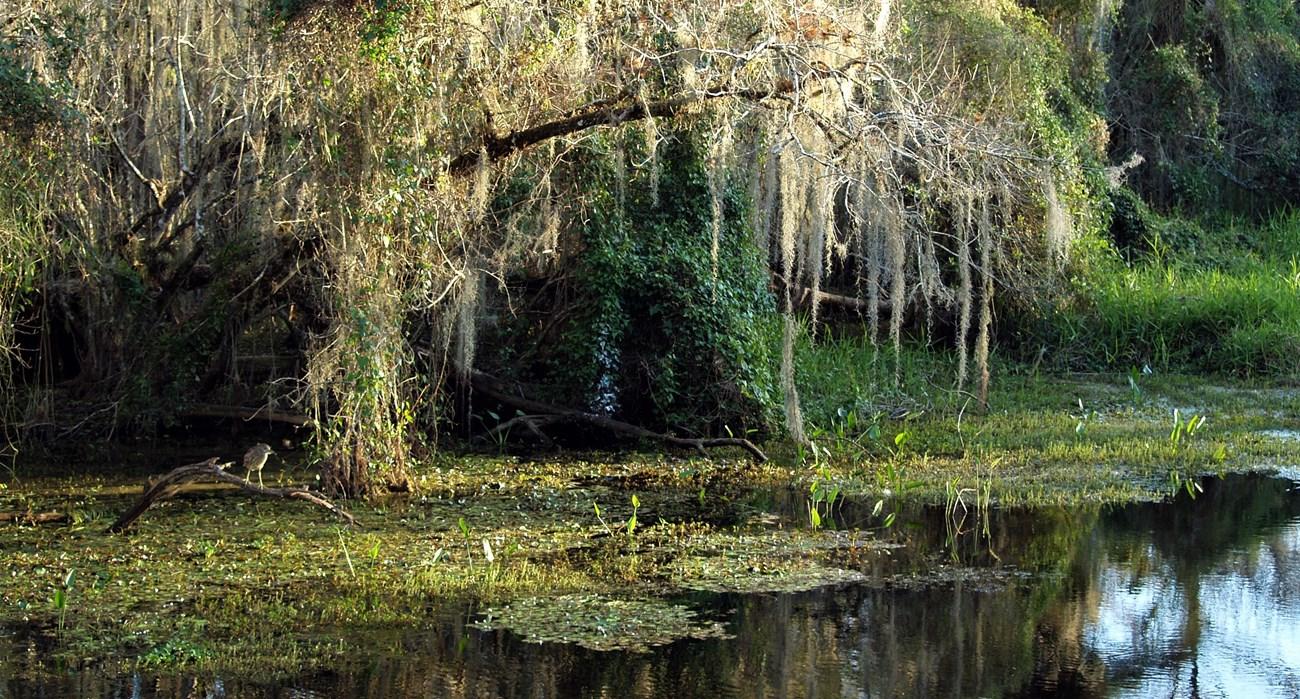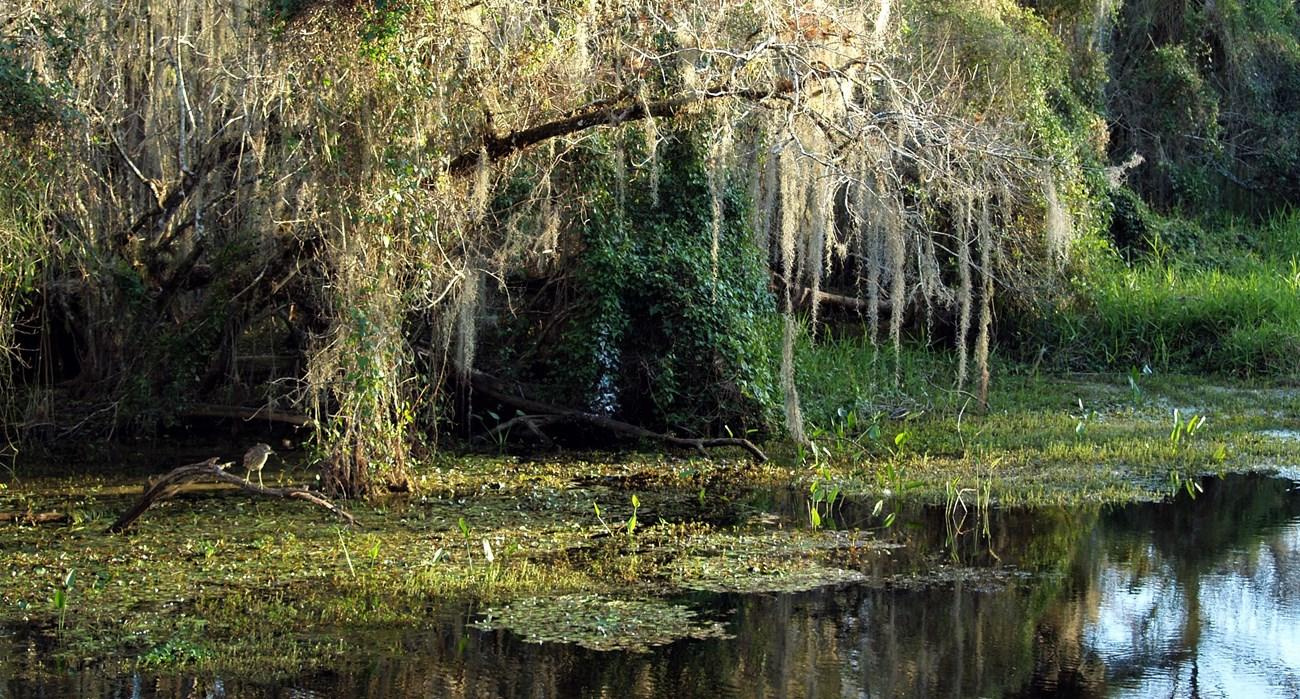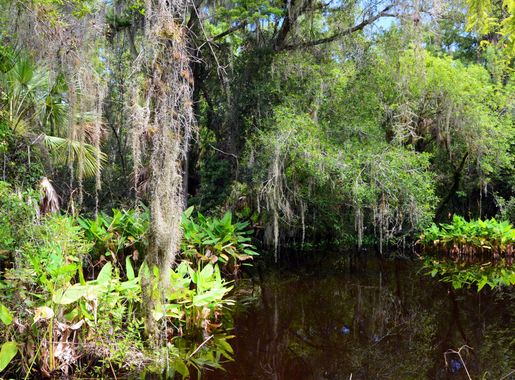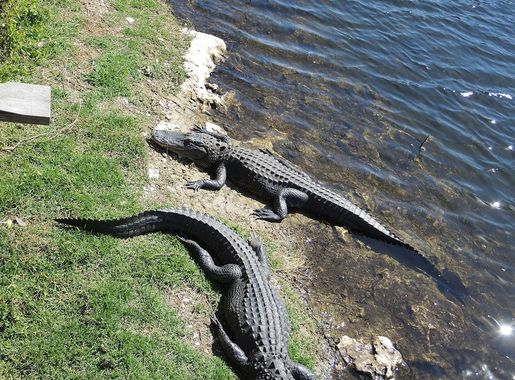
The Enchanting Wilderness of Big Cypress National Preserve
Discover the natural beauty and diverse wildlife of Big Cypress National Preserve, a sprawling wilderness in Florida perfect for hiking, kayaking, and wildlife viewing.
Big Cypress National Preserve is a vast and diverse natural area in southern Florida. It covers over 700,000 acres of swamps, forests, and prairies. The preserve is home to a wide variety of wildlife, including the elusive Florida panther, black bears, and many species of birds. The landscape is dotted with cypress trees, creating a magical and serene atmosphere for visitors. For nature lovers and adventure seekers, Big Cypress offers numerous activities. You can hike along scenic trails, paddle through calm waters in a kayak or canoe, and even go off-road biking. The preserve's waterways are also ideal for fishing, with opportunities to catch bass, catfish, and more. Wildlife viewing is a popular pastime, and you might spot alligators sunning themselves or hear the call of a rare bird. One of the unique features of Big Cypress is its cultural history. The area has been home to the Miccosukee and Seminole tribes for centuries. Visitors can learn about their traditions and history at the preserve's visitor centers. Additionally, the preserve offers ranger-led programs and guided tours, providing deeper insights into the natural and cultural significance of the area. Whether you're camping under the stars, exploring the wetlands, or simply enjoying the peace and tranquility, Big Cypress National Preserve offers a truly unforgettable experience. Its untouched beauty and rich biodiversity make it a must-visit destination for anyone traveling to Florida.
Local tips in Big Cypress National Preserve
- Visit during the dry season (November to April) for easier access to trails and better wildlife viewing.
- Bring insect repellent, especially if visiting during the wet season when mosquitoes are more active.
- Wear waterproof shoes or boots if you plan to hike, as some trails can be wet or muddy.
- Stop by the visitor centers for maps, information, and to learn about ranger-led programs and guided tours.
- Respect the wildlife and keep a safe distance, especially from alligators and other large animals.
The Enchanting Wilderness of Big Cypress National Preserve
Big Cypress National Preserve is a vast and diverse natural area in southern Florida. It covers over 700,000 acres of swamps, forests, and prairies. The preserve is home to a wide variety of wildlife, including the elusive Florida panther, black bears, and many species of birds. The landscape is dotted with cypress trees, creating a magical and serene atmosphere for visitors. For nature lovers and adventure seekers, Big Cypress offers numerous activities. You can hike along scenic trails, paddle through calm waters in a kayak or canoe, and even go off-road biking. The preserve's waterways are also ideal for fishing, with opportunities to catch bass, catfish, and more. Wildlife viewing is a popular pastime, and you might spot alligators sunning themselves or hear the call of a rare bird. One of the unique features of Big Cypress is its cultural history. The area has been home to the Miccosukee and Seminole tribes for centuries. Visitors can learn about their traditions and history at the preserve's visitor centers. Additionally, the preserve offers ranger-led programs and guided tours, providing deeper insights into the natural and cultural significance of the area. Whether you're camping under the stars, exploring the wetlands, or simply enjoying the peace and tranquility, Big Cypress National Preserve offers a truly unforgettable experience. Its untouched beauty and rich biodiversity make it a must-visit destination for anyone traveling to Florida.
When is the best time to go to Big Cypress National Preserve?
Iconic landmarks you can’t miss
Big Cypress Oasis Visitor Center
Discover the beauty of Big Cypress National Preserve at the Big Cypress Oasis Visitor Center, your gateway to adventure and nature's wonders.
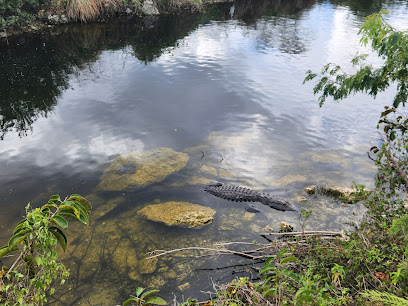
H.P. Williams Roadside Park
Explore the natural beauty at H.P. Williams Roadside Park, a peaceful picnic ground in Big Cypress National Preserve, perfect for nature lovers and explorers.

Nathaniel P. Reed Visitor Center
Explore the natural beauty and rich ecosystems of Big Cypress at the Nathaniel P. Reed Visitor Center, your gateway to adventure in Florida's wilderness.
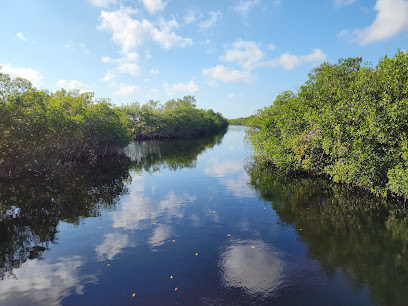
Big Cypress Bend Boardwalk
Explore the enchanting Big Cypress Bend Boardwalk in Florida, where serene wetlands and vibrant wildlife create an unforgettable nature experience.
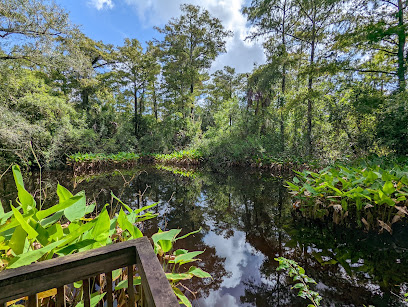
Kirby Storter Roadside Park
Experience the serene beauty of Kirby Storter Roadside Park, a tranquil stop in Big Cypress National Preserve, perfect for nature lovers and travelers.
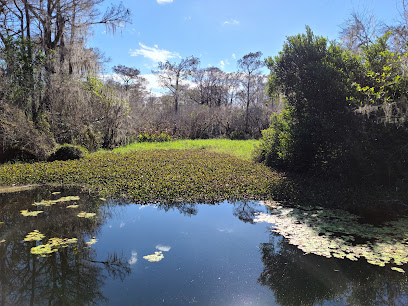
Loop Road Scenic Drive
Discover the breathtaking landscapes and diverse wildlife along Loop Road Scenic Drive in Big Cypress National Preserve, Florida.
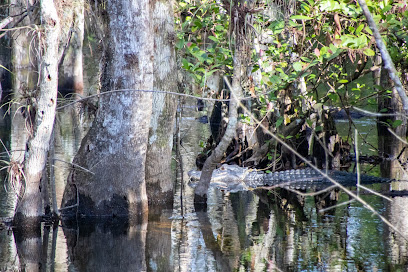
Ochopee Post Office Historical Marker
Explore the charm and history of the Ochopee Post Office, one of the smallest post offices in the U.S., nestled in the scenic Big Cypress region of Florida.

Trail Head For Big Cypress Wildlife Management Area
Explore the rich biodiversity and stunning landscapes of Big Cypress Wildlife Management Area, a nature lover's paradise in Florida.
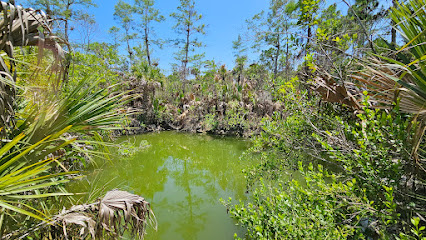
Big Cypress Boardwalk Trail (Goethe State Forest)
Discover the lush landscapes and vibrant wildlife at Big Cypress Boardwalk Trail in Goethe State Forest, a serene escape into Florida's natural beauty.
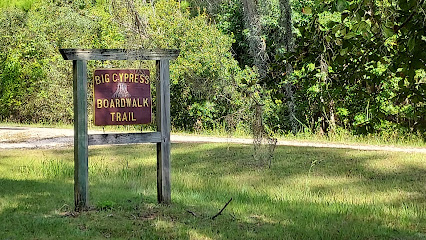
Gator Hook Trail
Explore Gator Hook Trail in Big Cypress National Preserve - A haven for hikers and nature lovers seeking adventure in Florida's stunning wilderness.
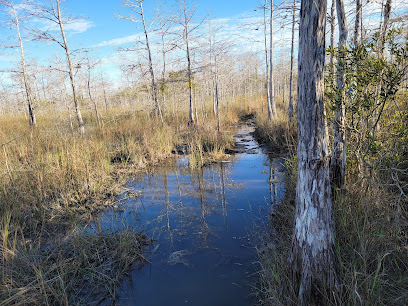
Big Cypress Indian Reservation
Discover the natural beauty and cultural heritage of Big Cypress Indian Reservation, a serene campground in Florida's scenic Everglades region.
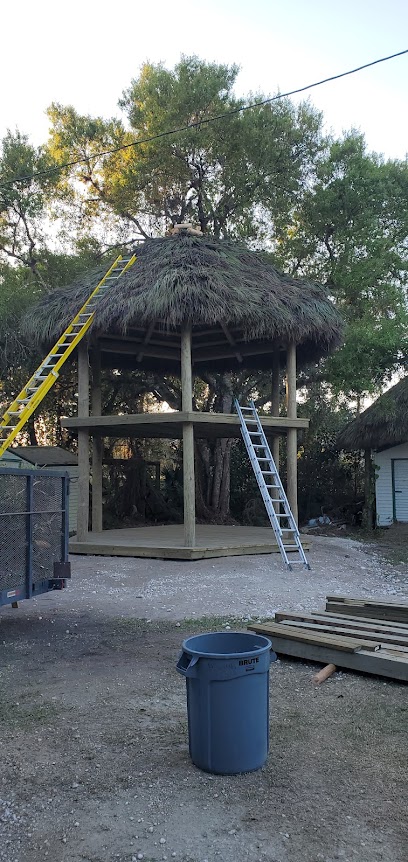
Explore Big Cypress Tours and Lodging
Explore the stunning landscapes and rich wildlife of Big Cypress National Preserve with guided tours and lodging options for nature lovers and photographers.
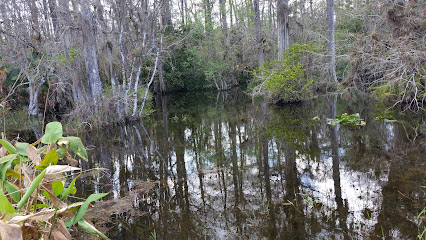
Bear Island Big Cypress national preserve
Discover Bear Island in Big Cypress National Preserve - a paradise of wildlife, lush landscapes, and outdoor adventure in the heart of Florida.
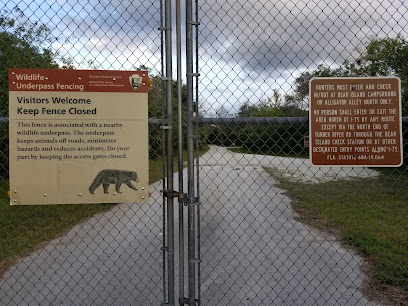
Fire Prairie Trail
Discover the beauty of Florida's ecosystems at Fire Prairie Trail in Big Cypress National Preserve, a perfect spot for hiking and wildlife watching.

Big Cypress Wildlife Management Area - Stairsteps Unit
Discover the natural wonders of Big Cypress Wildlife Management Area - Stairsteps Unit, a wildlife refuge teeming with diverse species and breathtaking landscapes.
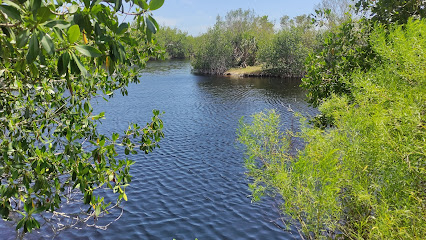
Unmissable attractions to see
Everglades National Park
Discover the breathtaking landscapes and rich wildlife of Everglades National Park, a must-visit destination for nature lovers in Florida.
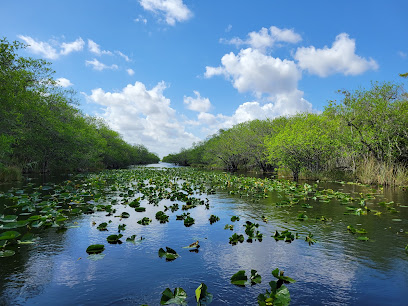
Lovers Key State Park
Explore Lovers Key State Park: A serene oasis of beaches, mangroves, and wildlife in sunny Florida, ideal for outdoor adventures and relaxation.
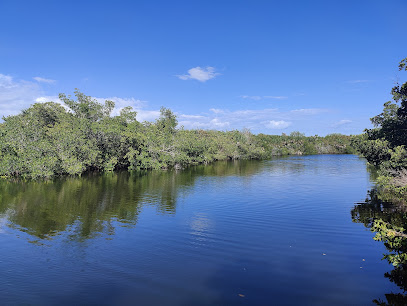
Wild Florida Airboats & Gator Park
Explore Florida's wildlife and nature at Wild Florida Airboats & Gator Park, where adventure meets conservation in stunning natural surroundings.

Six Mile Cypress Slough Preserve
Discover the serene Six Mile Cypress Slough Preserve, a nature lover's paradise in Fort Myers, showcasing unique wildlife and beautiful landscapes.
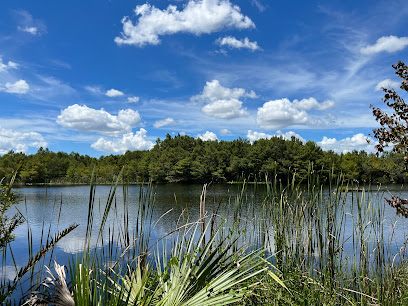
Shark Valley Visitor Center
Discover the beauty of Florida's Everglades at the Shark Valley Visitor Center, your gateway to nature's wonders and wildlife adventures.
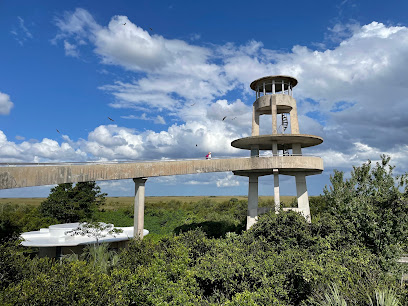
Biscayne National Park
Explore the breathtaking ecosystems and vibrant marine life at Biscayne National Park, a hidden jewel along Florida's coast for nature lovers and adventurers.
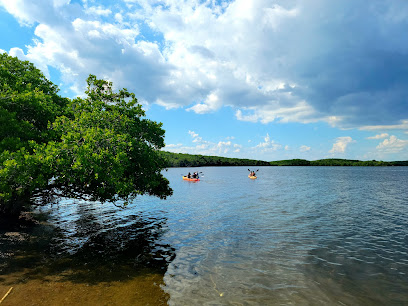
Big Cypress Oasis Visitor Center
Discover the beauty and biodiversity of Big Cypress National Preserve at the Big Cypress Oasis Visitor Center, your gateway to adventure.
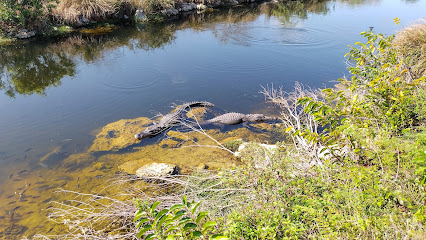
Ernest F. Coe Visitor Center
Discover the Everglades at the Ernest F. Coe Visitor Center, your gateway to Florida’s breathtaking wetlands and rich biodiversity.
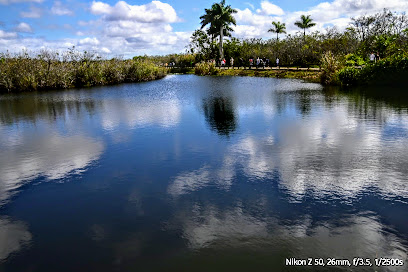
Audubon Corkscrew Swamp Sanctuary-ONLINE TICKETS RECOMMENDED
Explore the breathtaking Audubon Corkscrew Swamp Sanctuary, a wildlife haven in Naples, Florida, featuring diverse ecosystems and mesmerizing natural beauty.
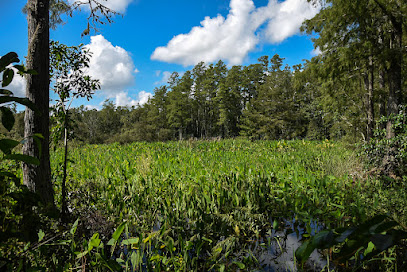
Shark Valley Observation Tower
Discover the breathtaking views and diverse wildlife at the Shark Valley Observation Tower in Everglades National Park, a must-visit for nature enthusiasts.
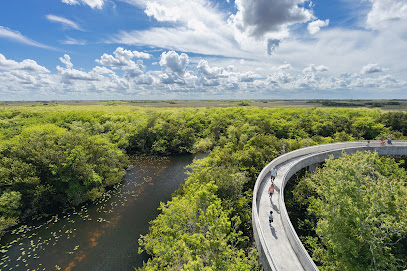
H.P. Williams Roadside Park
Experience the beauty of Florida's wilderness at H.P. Williams Roadside Park, a perfect picnic destination in Big Cypress National Preserve.
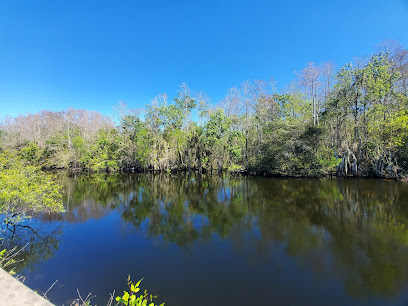
Guy Bradley Visitor Center (at Flamingo)
Explore the enchanting Everglades at the Guy Bradley Visitor Center, your gateway to adventure and education in Florida's national park.
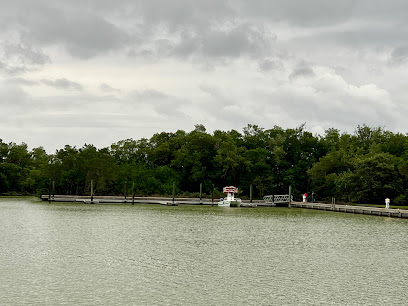
Nathaniel P. Reed Visitor Center
Discover the beauty of Big Cypress National Preserve at Nathaniel P. Reed Visitor Center, your gateway to Florida's unique ecosystems and hiking adventures.
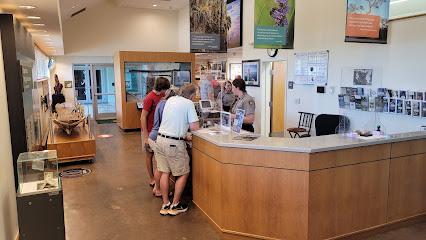
Kissimmee Prairie Preserve State Park
Explore the breathtaking prairies, diverse wildlife, and endless outdoor adventures at Kissimmee Prairie Preserve State Park, a hidden gem in Florida.
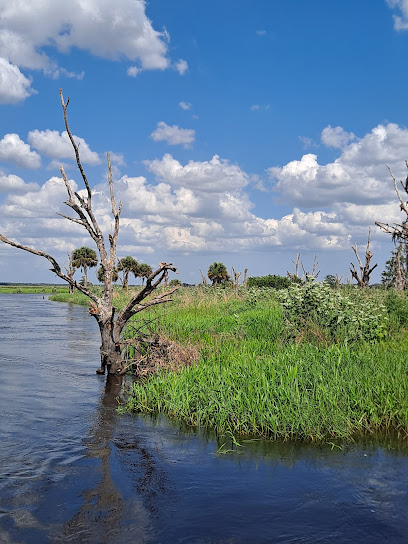
Big Cypress Bend Boardwalk
Discover the serene beauty of Big Cypress Bend Boardwalk, a premier nature preserve in Florida's Everglades, perfect for wildlife enthusiasts and nature lovers.
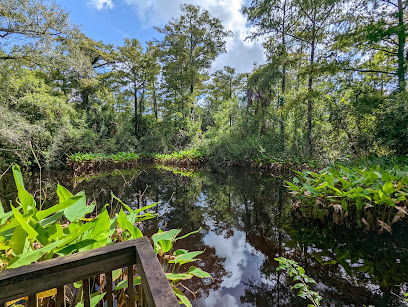
Essential places to dine
Big Cypress National Preserve
Discover the natural beauty and diverse ecosystems of Big Cypress National Preserve – a true Floridian gem perfect for adventure seekers.
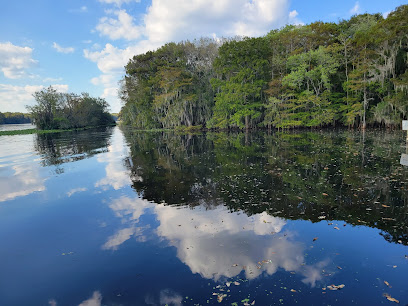
Big Cypress Oasis Visitor Center
Explore Florida's ecological treasures at Big Cypress Oasis Visitor Center – your gateway to adventure in nature's paradise.

Island Cafe
Discover the charm of Island Cafe in Everglades City – where every breakfast is an adventure waiting to unfold!

Camellia Street Grill
Discover authentic Florida seafood at Camellia Street Grill in Everglades City – where fresh ingredients meet delightful coastal flavors.
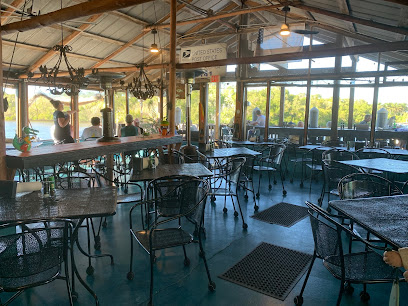
H.P. Williams Roadside Park
Experience serenity at H.P. Williams Roadside Park, where nature meets tranquility amidst Florida's breathtaking landscapes.
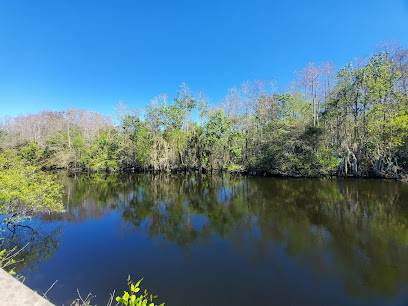
HavAnnA Cafe
Experience authentic Cuban cuisine at HavAnnA Cafe in Chokoloskee - where every dish tells a story of flavor and tradition.

City Seafood
Discover fresh seafood delights at City Seafood in Everglades City – where local flavors meet a laid-back atmosphere.
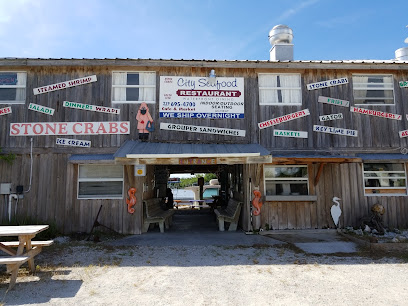
Joanie's Blue Crab Cafe
Discover the best blue crab dishes at Joanie's Blue Crab Cafe in Ochopee, Florida – where fresh flavors meet southern hospitality.
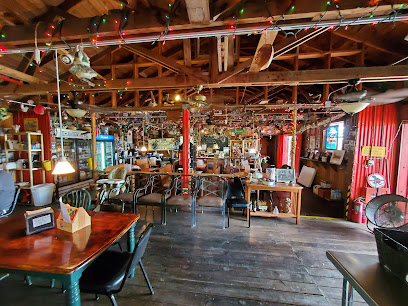
Florida Panther National Wildlife Refuge
Explore diverse ecosystems at Florida Panther National Wildlife Refuge – a vital sanctuary for endangered species in Immokalee.
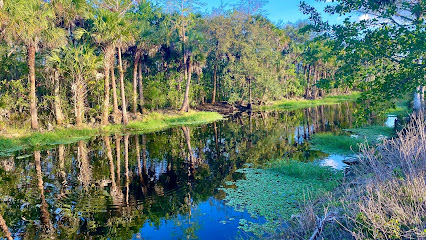
Everglades Rod & Gun Club
Discover adventure and relaxation at Everglades Rod & Gun Club – your gateway to Florida's breathtaking wetlands.

Florida Trail - Southern Terminus
Explore the diverse landscapes and wildlife at Florida Trail's Southern Terminus in Big Cypress National Preserve – a hiker's paradise awaits!
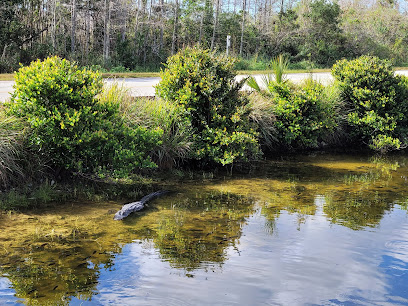
Big Cypress Landing
Explore Big Cypress Landing in Clewiston: A hub for local culture and unique shopping experiences amidst Florida's natural beauty.

Big Cypress Grill Restaurant & Tavern
Discover Big Cypress Grill Restaurant & Tavern: A Culinary Gem Offering Authentic American Flavors in Lakeland's Heart.
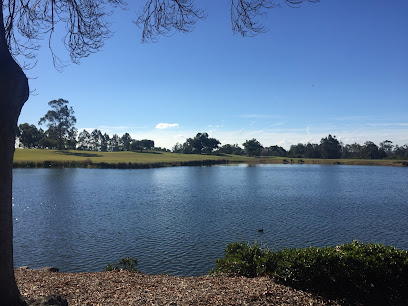
Big Cypress Indian Reservation
Experience Florida's natural beauty and rich Seminole culture at Big Cypress Indian Reservation—a serene campground for nature lovers.
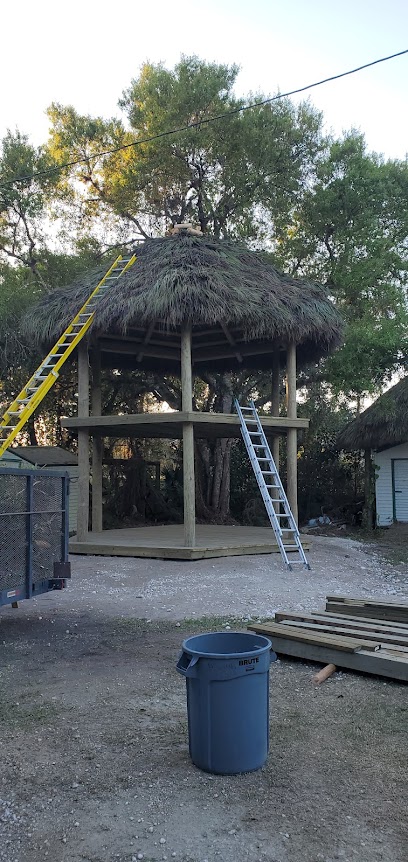
Nature Trail Tree Snail
Discover the serene beauty of Big Cypress National Preserve at Nature Trail Tree Snail—an unforgettable hiking experience in Florida's wild heart.
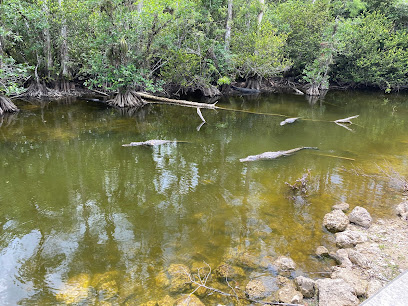
Markets, malls and hidden boutiques
Big Cypress National Preserve
Discover the ecological treasures of Big Cypress National Preserve, a wildlife-rich haven in Florida offering breathtaking landscapes and diverse outdoor activities.
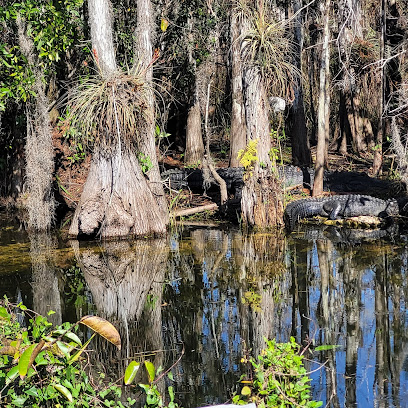
Big Cypress Oasis Visitor Center
Discover the Big Cypress Oasis Visitor Center: Your gateway to Florida's stunning wetlands and rich wildlife.
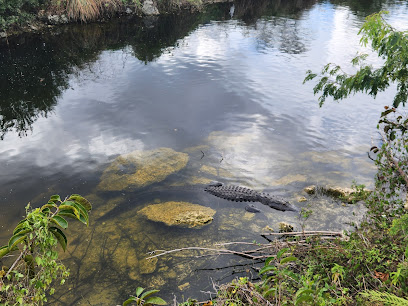
Audubon Corkscrew Swamp Sanctuary-ONLINE TICKETS RECOMMENDED
Explore the enchanting Audubon Corkscrew Swamp Sanctuary, a wildlife haven in Florida with diverse ecosystems and stunning landscapes.
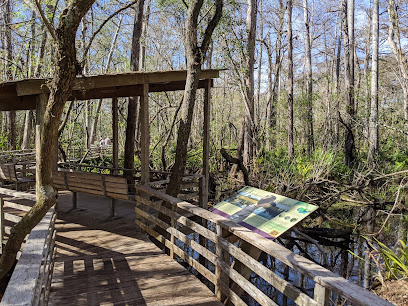
Cypress Trace
Discover Cypress Trace in Fort Myers, Florida, a shopping paradise featuring diverse stores, delicious dining, and exciting events for all ages.

H.P. Williams Roadside Park
Experience the serene beauty of H.P. Williams Roadside Park, a perfect picnic spot in Big Cypress with stunning waterway views and abundant wildlife.
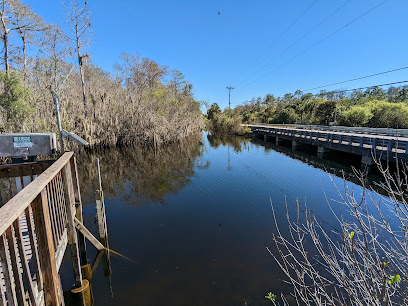
Nathaniel P. Reed Visitor Center
Discover the natural splendor of Big Cypress at Nathaniel P. Reed Visitor Center, your gateway to adventure and exploration in Florida's wild landscapes.
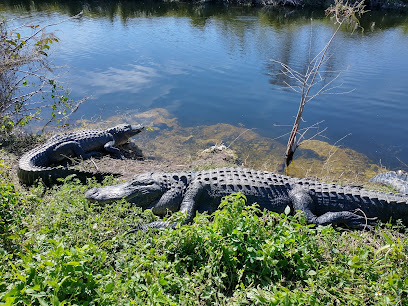
Big Cypress Bend Boardwalk
Discover the serene beauty of Big Cypress Bend Boardwalk, a prime nature preserve in Florida showcasing lush wetlands and diverse wildlife.
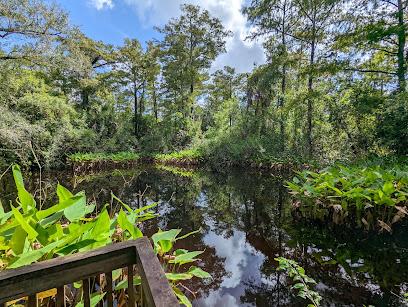
Kirby Storter Roadside Park
Explore Kirby Storter Roadside Park, a serene retreat in Big Cypress National Preserve, renowned for its natural beauty and diverse wildlife.
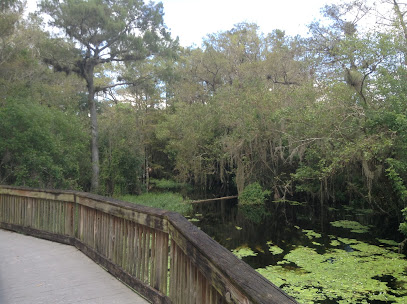
Clyde Butcher Big Cypress Gallery
Discover the stunning beauty of the Everglades at Clyde Butcher Big Cypress Gallery, where art meets nature in captivating black and white photography.
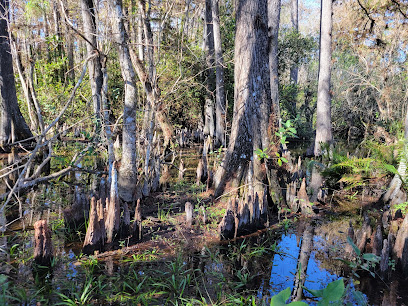
Loop Road Scenic Drive
Discover the breathtaking Loop Road Scenic Drive in Big Cypress National Preserve, a paradise for nature lovers and photographers in Florida.
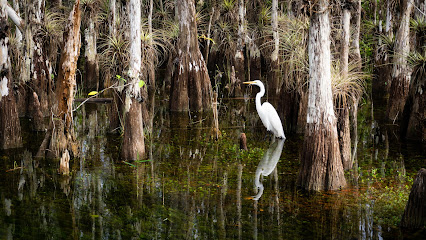
Florida Trail - Southern Terminus
Discover the breathtaking trails and diverse wildlife at the Florida Trail - Southern Terminus, a must-visit for hiking enthusiasts in Big Cypress National Preserve.
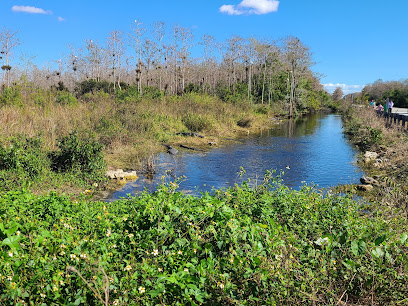
United States Postal Service
Experience the charm of the United States Postal Service in Ochopee, Florida, where mailing meets local culture amidst stunning natural beauty.
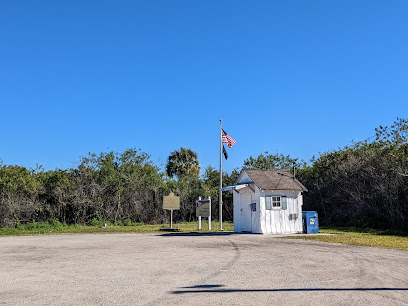
Big Cypress Boardwalk Trail (Goethe State Forest)
Explore the enchanting Big Cypress Boardwalk Trail in Goethe State Forest, where lush landscapes and diverse wildlife await every nature enthusiast.
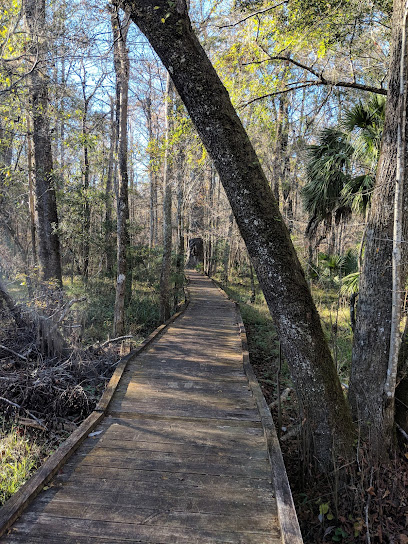
Tippy's Outpost
Discover Tippy's Outpost: a vibrant market and scenic spot in Ochopee, where local culture meets the natural beauty of the Everglades.

Explore Big Cypress Tours and Lodging
Explore the enchanting Big Cypress National Preserve, where nature and art collide in an unforgettable experience.
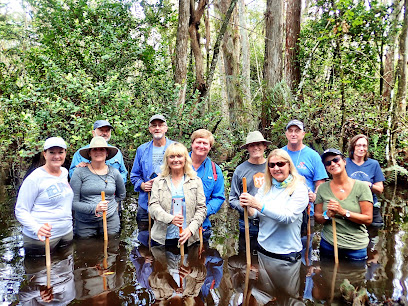
Essential bars & hidden hideouts
Big Cypress National Preserve
Explore the breathtaking wilderness and diverse wildlife of Big Cypress National Preserve, a must-visit nature preserve in the heart of Florida.
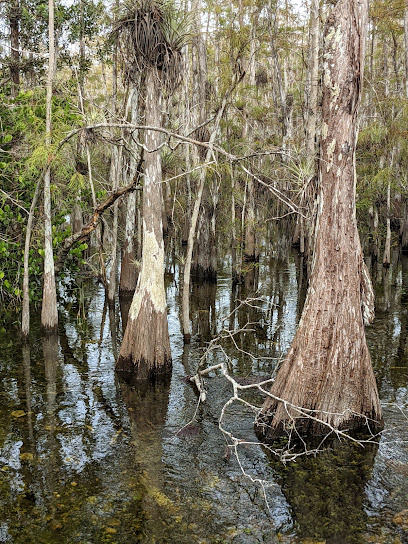
Island Cafe
Discover Island Cafe in Everglades City, where delicious breakfasts and a warm atmosphere await you in the heart of Florida's natural paradise.
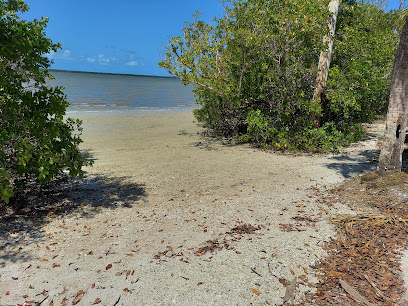
Camellia Street Grill
Experience the best of Everglades dining at Camellia Street Grill, where fresh seafood and grilled delights await in a charming atmosphere.
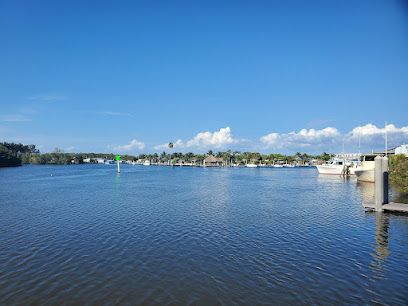
Little Bar Restaurant
Discover the vibrant flavors of the Caribbean and fresh local seafood at Little Bar Restaurant in Goodland, Florida, where food and fun meet by the water.
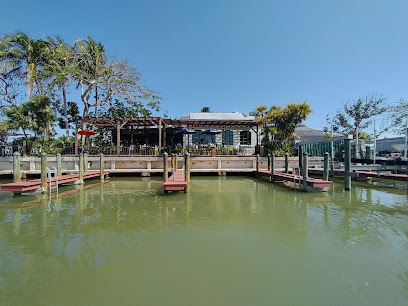
HavAnnA Cafe
Experience the vibrant flavors of Cuban, American, and Caribbean cuisine at HavAnnA Cafe in Chokoloskee, Florida, a culinary delight for every traveler.
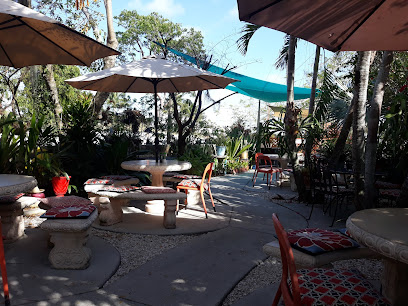
Joanie's Blue Crab Cafe
Discover fresh seafood and local charm at Joanie's Blue Crab Cafe, a hidden gem in the heart of the Florida Everglades.
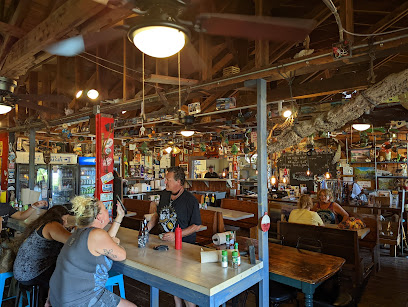
Everglades Rod & Gun Club
Experience the charm of the Everglades Rod & Gun Club—where rustic lodge ambiance meets exquisite dining in Florida's breathtaking wilderness.

Gator's Crossroad
Discover the vibrant flavors of Southern cuisine at Gator's Crossroad, a must-visit grill in the heart of Naples, Florida.
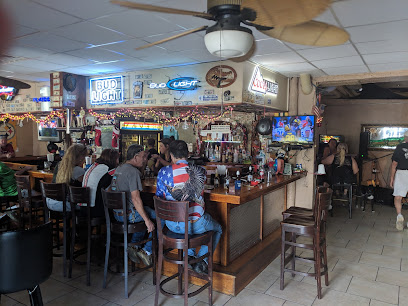
The Diving Pelican Restaurant & Bar
Discover delicious seafood and stunning views at The Diving Pelican Restaurant & Bar in Everglades City, where local flavors meet a relaxed atmosphere.
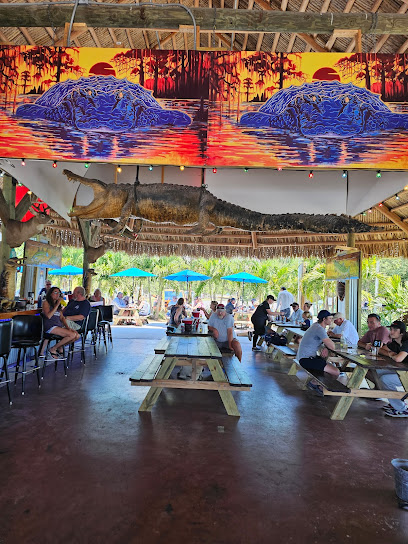
Angler's Cove Restaurant and Bar
Experience flavorful American cuisine and fresh seafood at Angler's Cove Restaurant and Bar, Naples' hidden gem within the Port of the Islands Resort.
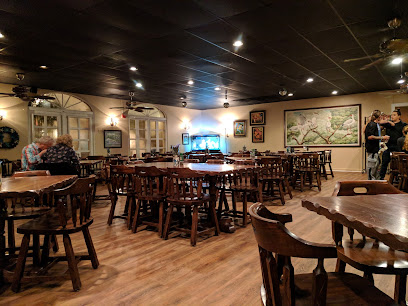
Big Cypress Landing
Discover the charm of Big Cypress Landing, your go-to store for essentials and souvenirs in the heart of Florida's wilderness.
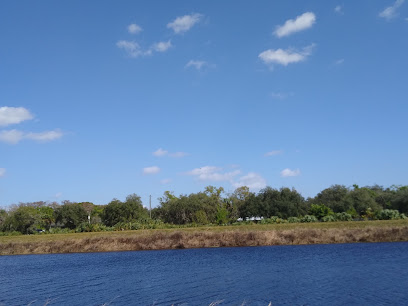
Gator Hole Bar
Discover Gator Hole Bar in Everglades City, where local flavors and a lively atmosphere come together for an unforgettable experience.
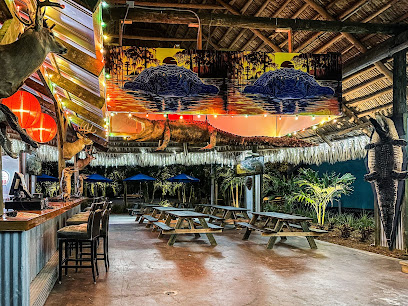
Big Cypress Distillery
Discover the art of craft spirits at Big Cypress Distillery in Miami, where quality liquors, delicious food, and a vibrant atmosphere await you.
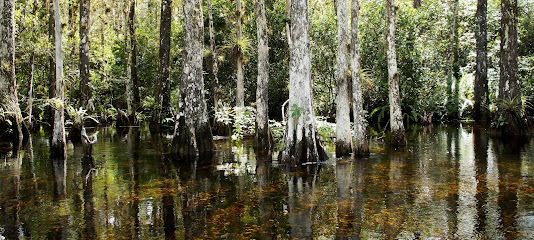
Mitchell Landing Big Cypress National Preserve
Experience the natural beauty of Mitchell Landing in Big Cypress National Preserve, a perfect escape for outdoor enthusiasts and nature lovers.
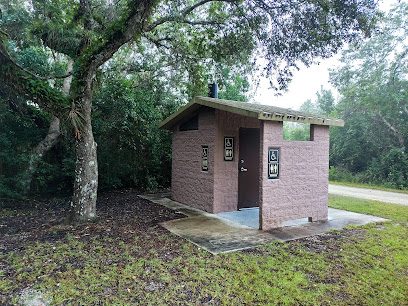
Everglades Conservation And Sportsman Club
Discover outdoor adventures and wildlife conservation at the Everglades Conservation And Sportsman Club, a haven for nature lovers in Ochopee, Florida.
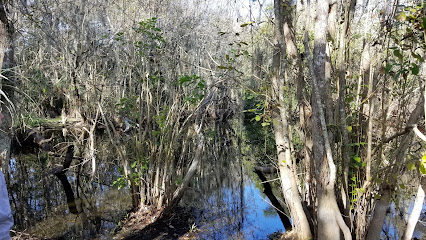
Local Phrases about Big Cypress National Preserve
-
- HelloHowdy
[hau-dee] - GoodbyeSee ya later
[see ya lay-ter] - YesYep
[yep] - NoNah
[nah] - Please/You're welcomePlease/No problem
[pleez/no pro-blem] - Thank youThanks
[thanks] - Excuse me/SorryPardon me/My bad
[par-dun me/my bad] - How are you?How y'all doin'?
[how y'all doin'] - Fine. And you?Good. How 'bout y'all?
[good. how bout y'all] - Do you speak English?Ya speak English?
[ya speak English] - I don't understandI ain't gettin' it
[i ain't get-tin it]
- HelloHowdy
-
- I'd like to see the menu, pleaseCan I check out the menu, please
[can i check out the menu please] - I don't eat meatI don't do meat
[i don't do meat] - Cheers!Cheers!
[cheers] - I would like to pay, pleaseI'm ready to settle up, please
[i'm ready to settle up please]
- I'd like to see the menu, pleaseCan I check out the menu, please
-
- Help!Help!
[help] - Go away!Back off!
[back off] - Call the Police!Ring up the Sheriff!
[ring up the sheriff] - Call a doctor!Get a doc on the line!
[get a doc on the line] - I'm lostI'm all turned around
[i'm all turned around] - I'm illI'm feelin' poorly
[i'm feelin' poorly]
- Help!Help!
-
- I'd like to buy...I wanna pick up...
[i wanna pick up] - I'm just lookingJust browsin'
[just browsin'] - How much is it?How much does it run?
[how much does it run] - That's too expensiveThat's a bit steep
[that's a bit steep] - Can you lower the price?Can ya knock it down some?
[can ya knock it down some]
- I'd like to buy...I wanna pick up...
-
- What time is it?What's the time?
[what's the time] - It's one o'clockIt's one
[it's one] - Half past (10)Ten thirty
[ten thirty] - MorningMornin'
[mornin'] - AfternoonAfternoon
[afternoon] - EveningEvenin'
[evenin'] - YesterdayYest'day
[yest'day] - TodayToday
[today] - TomorrowTomorrah
[tomorrah] - 1One
[one] - 2Two
[two] - 3Three
[three] - 4Four
[four] - 5Five
[five] - 6Six
[six] - 7Seven
[seven] - 8Eight
[eight] - 9Nine
[nine] - 10Ten
[ten]
- What time is it?What's the time?
-
- Where's a/the...?Where's the...?
[where's the] - What's the address?Where's it located?
[where's it located] - Can you show me (on the map)?Can ya point it out (on the map)?
[can ya point it out on the map] - When's the next (bus)?When's the next one (bus)?
[when's the next one bus] - A ticket (to ....)One ticket (to ....)
[one ticket to]
- Where's a/the...?Where's the...?
History of Big Cypress National Preserve
-
Long before European settlers arrived, the land now known as Big Cypress National Preserve was inhabited by Native American tribes, primarily the Seminole and Miccosukee peoples. These tribes thrived in the swampy ecosystem, utilizing its resources for food, shelter, and medicine. The Seminole Wars in the early 19th century saw these tribes resist U.S. government efforts to relocate them, leading to a series of conflicts that deeply impacted the region.
-
The Seminole Wars (1817-1858) were a series of conflicts between the United States and the Seminole tribe, who sought to maintain their land and way of life in Florida. The dense and challenging terrain of Big Cypress served as a refuge for the Seminoles. The wars ultimately resulted in significant loss of life and displacement for the Seminole people, but a small number managed to remain in the region, preserving their culture and traditions to this day.
-
By the late 19th and early 20th centuries, European settlers began to explore and settle in the Big Cypress area. These pioneers were attracted by the promise of fertile land and abundant resources. They established small communities and engaged in activities such as logging, hunting, and farming, which began to alter the natural landscape of the preserve.
-
The early 20th century saw the rise of the logging industry in Big Cypress. The rich cypress forests were heavily logged for timber, which was in high demand for construction and manufacturing. Logging operations significantly impacted the ecosystem, leading to deforestation and habitat loss. The industry eventually declined as resources were depleted and conservation efforts began to take root.
-
In response to growing concerns about habitat destruction and environmental conservation, Big Cypress National Preserve was established in 1974. The creation of the preserve aimed to protect the unique and diverse ecosystem, which includes a mix of swamps, hardwood forests, and prairies. The preserve covers over 729,000 acres and serves as a critical watershed for the Everglades, providing essential habitat for numerous plant and animal species.
-
Big Cypress National Preserve plays a vital role in the Comprehensive Everglades Restoration Plan (CERP), a multi-decade effort to restore the hydrology and ecology of the Everglades. The preserve's wetlands are crucial for maintaining the freshwater flow that supports the wider Everglades ecosystem. Restoration projects within Big Cypress focus on improving water quality, reestablishing natural water flow, and protecting native species.
-
Today, the Seminole and Miccosukee tribes continue to maintain a strong presence in and around Big Cypress National Preserve. They actively engage in cultural preservation, offering educational programs and tours that highlight their rich heritage and traditional practices. The tribes' efforts ensure that their history and connection to the land are honored and remembered by visitors and future generations.
Big Cypress National Preserve Essentials
-
Big Cypress National Preserve is located in southern Florida, approximately 45 miles west of Miami. The nearest major airport is Miami International Airport (MIA), which is well-connected to domestic and international destinations. From Miami, you can rent a car and drive via Interstate 75 (Alligator Alley) or U.S. Highway 41 (Tamiami Trail). The drive typically takes about an hour and a half. Alternatively, you can take a bus or shuttle service that operates between Miami and the preserve.
-
Within Big Cypress National Preserve, the most practical way to get around is by car. There are several scenic drives and gravel roads that allow access to different parts of the preserve. For those without a car, guided tours and ranger-led programs often provide transportation. Bicycling is also an option for exploring certain areas. Note that public transportation options are limited within the preserve, so planning ahead is essential.
-
The official currency is the US Dollar (USD). Credit and debit cards are widely accepted, but it's advisable to carry some cash for entrance fees, smaller purchases, and locations that may not accept cards. ATMs are available in nearby towns but not within the preserve itself, so it's wise to withdraw cash beforehand.
-
Big Cypress National Preserve is generally safe for visitors, but certain precautions should be taken. Be aware of wildlife and maintain a safe distance, especially from alligators and snakes. The preserve is largely wilderness, so always inform someone of your plans if hiking or exploring remote areas. There are no high-crime areas specifically targeting tourists, but it's always prudent to lock your vehicle and secure valuables.
-
In case of an emergency, dial 911 for immediate assistance. The preserve has ranger stations equipped to handle emergencies, and there are medical facilities in nearby communities such as Everglades City and Naples. Carry a basic first-aid kit and plenty of water, especially during hikes. It's also recommended to have travel insurance that covers medical emergencies.
-
Fashion: Do wear comfortable and weather-appropriate clothing, including sturdy shoes for hiking. Don’t wear open-toed shoes, as the terrain can be rough and wildlife encounters are possible. Religion: The preserve is a natural area with no specific religious customs to follow, but always be respectful of cultural and historical sites. Public Transport: Given the limited public transport, car rentals or guided tours are the best options. Greetings: Standard greetings such as a handshake or a simple 'hello' are perfectly acceptable. Eating & Drinking: Do carry your own food and water, as amenities are limited. Don’t leave trash behind; always follow Leave No Trace principles.
-
To experience Big Cypress National Preserve like a local, take time to explore off the beaten path. Participate in ranger-led programs to learn about the unique ecosystem and history of the area. Engage with local fishermen and hunters who can offer fascinating insights into the preserve's wildlife. Don't miss the opportunity to kayak or canoe through the waterways for a unique perspective on the landscape. Visiting during the dry season (November to April) offers the best weather and fewer mosquitoes.
Trending Landmarks in Big Cypress National Preserve
-
Big Cypress Oasis Visitor Center
-
H.P. Williams Roadside Park
-
Nathaniel P. Reed Visitor Center
-
Big Cypress Bend Boardwalk
-
Kirby Storter Roadside Park
-
Loop Road Scenic Drive
-
Ochopee Post Office Historical Marker
-
Trail Head For Big Cypress Wildlife Management Area
-
Big Cypress Boardwalk Trail (Goethe State Forest)
-
Gator Hook Trail
-
Big Cypress Indian Reservation
-
Explore Big Cypress Tours and Lodging
-
Bear Island Big Cypress national preserve
-
Fire Prairie Trail
-
Big Cypress Wildlife Management Area - Stairsteps Unit
Nearby Cities to Big Cypress National Preserve
-
Things To Do in Cape Coral
-
Things To Do in Homestead
-
Things To Do in Fort Lauderdale
-
Things To Do in Miami
-
Things To Do in Key Largo
-
Things To Do in Sebring
-
Things To Do in Stuart
-
Things To Do in Ft. Pierce
-
Things To Do in Sarasota
-
Things To Do in Key West
-
Things To Do in Bimini
-
Things To Do in St. Petersburg
-
Things To Do in Tampa
-
Things To Do in Clearwater
-
Things To Do in Lucaya


